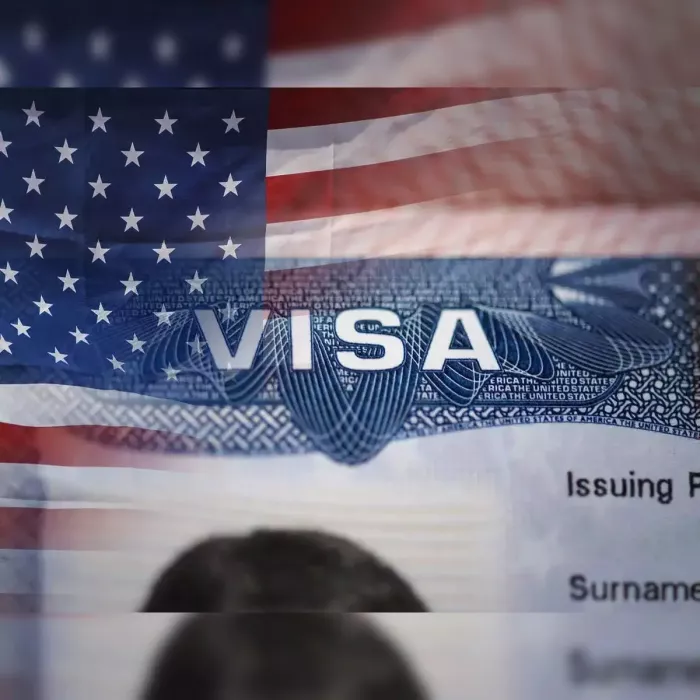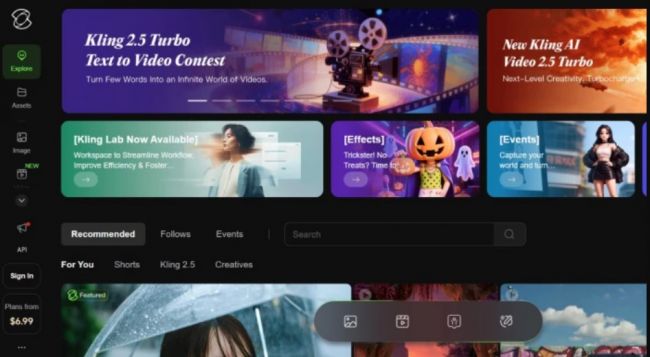On This Page
- 1. Waiting Too Long to Start the Process
- 2. Not Understanding the Difference Between F-1/OPT and EB-3
- 3. Not Finding a Willing Employer Early
- 4. Not Working with the Right Support
- 5. Ignoring the “Unskilled Worker” Category Details
- 6. Not Staying in Legal Status While Applying
- 7. Thinking You Can Change Employers Midway
- 8. Not Preparing for Interviews and Paperwork
- Why This Process Is Still Worth It
- Final Thoughts
Imagine this.
You have studied hard, followed rules, and made it to the U.S. on an F-1 visa. So after graduating, you can start working on OPT(Optional Practical Training). Life feels like it's moving forward. But then, someday, you have to decide to stay and have a future in the USA.
That’s when many students look into the EB-3 Visa process for F-1 / OPT applicants.
It’s a great option. But here’s the truth—many people make mistakes that delay or even ruin their chance.
This guide will help you understand what not to do. Whether you’ve just started looking into EB-3 or are halfway there, these tips will help you avoid the common traps and move forward with confidence.
1. Waiting Too Long to Start the Process

One of the biggest mistakes F-1 and OPT holders make? They wait too long.
You might think that you have time during your OPT, but the truth is, the EB-3 visa process can take 36+ months. Sometimes longer, depending on your country and the employer’s pace.
What can go wrong?
If your OPT ends before you’ve made progress on your EB-3, you might fall out of status. That means you could be forced to leave the U.S. and lose your chance.
What to do instead?
Start researching and preparing for the EB-3 visa as soon as possible—even before your OPT begins, if you can.
2. Not Understanding the Difference Between F-1/OPT and EB-3
Many applicants think that EB-3 is just an Extension of their student path. It's not.
The EB-3 visa is an Employment-based immigrant Visa. That means it's a path to a green card, not a student or work visa. It has its own rules, timelines, and steps.
The big mistake?
Some applicants act like it’s just a formality. But it’s a real immigration process that involves a U.S. employer, Department of Labor steps, and green card filing.
What to do instead?
Take the time to learn what EB-3 really involves. It’s a great option—but only if you treat it seriously.
3. Not Finding a Willing Employer Early
The EV-3 visa requires a job offer from a U.S. employer. That employer has to be willing to sponsor you, go through paperwork, and sometimes wait for months during the process.
The mistake?
Wait until your OPT is almost over, then ask your employer if they’ll sponsor you. Some employers say no, or they’re not ready.
What to do instead?
Talk to your employer early. Ask them if they know about the EB-3 visa program for F-1 / OPT applicants. Share resources, such as those from EB3.Work. Help them understand. If they’re not interested, you still have time to look for one who is.
4. Not Working with the Right Support
The EB-3 process isn’t just about filling out forms. There are multiple steps:
- PERM Labor Certification
- I-140 Petition
- Visa Processing or Adjustment of Status
Each of these steps has rules, deadlines, and legal details.
Trying to DIY or trusting unqualified sources is risky. It’s like running a marketing campaign without knowing the rules—something businesses regret every day, just like the mistakes outlined in this guide on common digital marketing errors. The principle is the same: if you don’t follow the right process with expert input, you waste time, effort, and opportunity.
What to do instead?
Work with licensed immigration attorneys or vetted support platforms.
5. Ignoring the “Unskilled Worker” Category Details
The EB-3 visa has different categories. Many F-1/OPT holders apply under the unskilled worker category (EB-3 Other Workers) because it does not require a degree.
But here’s the issue:
Some people choose jobs that don’t qualify or don’t match the Department of Labor requirements.
For example:
You can’t just get any job and hope it works. The job must be full-time, permanent, and meet wage and classification rules.
What to do instead?
Understand which job roles qualify. Work with experts who know the Department of Labor’s expectations. Choose carefully.
6. Not Staying in Legal Status While Applying
Some applicants think that once they file something, they’re “safe.” That’s not always true.
If you fall out of status while your EB-3 is being processed, it could hurt your case.
Example mistake:
Letting your OPT expire without filing for Adjustment of Status or leaving the U.S. before the right time.
What to do instead?
Stay in legal status every step of the way. Talk to your attorney before making moves like changing employers, quitting jobs, or traveling internationally.
7. Thinking You Can Change Employers Midway
Some students get sponsored by an employer, then later want to switch jobs.
Here’s the problem:
You can’t switch employers during the EB-3 process without starting over. The job offer, labor certification, and petition are all tied to one employer.
What to do instead?
Stick with the employer who sponsors you until your green card is approved. If you must leave, talk to a legal expert first.
8. Not Preparing for Interviews and Paperwork
If you go through consular processing or USCIS interviews, you’ll need to show your intent, job details, and past visa status.
What can go wrong?
Not having the right papers. Giving unclear answers. Not knowing your own job role or employer details.
What to do instead?
Practice your answers. Keep all your visa paperwork safe. Be honest, clear, and prepared.
Why This Process Is Still Worth It
The EB-3 visa process for F-1 / OPT applicants can feel long and confusing. But here’s the good news:
It leads to something big—a green card, permanent residency, and the chance to build a life in the U.S.
Many people have walked this path before you. With the right steps, you can do it too.
There are even trusted services that help F-1 and OPT applicants like you find employers and walk through every step.
While this article is here to guide you, platforms like EB3.work offer real support, helping connect applicants with employers and providing guidance on the full journey.
Final Thoughts
If you’re an F-1 or OPT holder looking toward the EB-3 visa, here’s what you need to remember:
- Start early. Don’t wait until your time runs out.
- Learn the process. Know the steps.
- Find a real employer. One who understands and supports your goal.
- Work with people who know what they’re doing. Don’t guess.
- Stay in legal status. Every single day matters.
- Be ready for the long road—but know that it leads somewhere great.
Your future in the U.S. is possible. Just make sure you take the right steps, avoid common mistakes, and keep moving forward.
Post Comment
Be the first to post comment!





